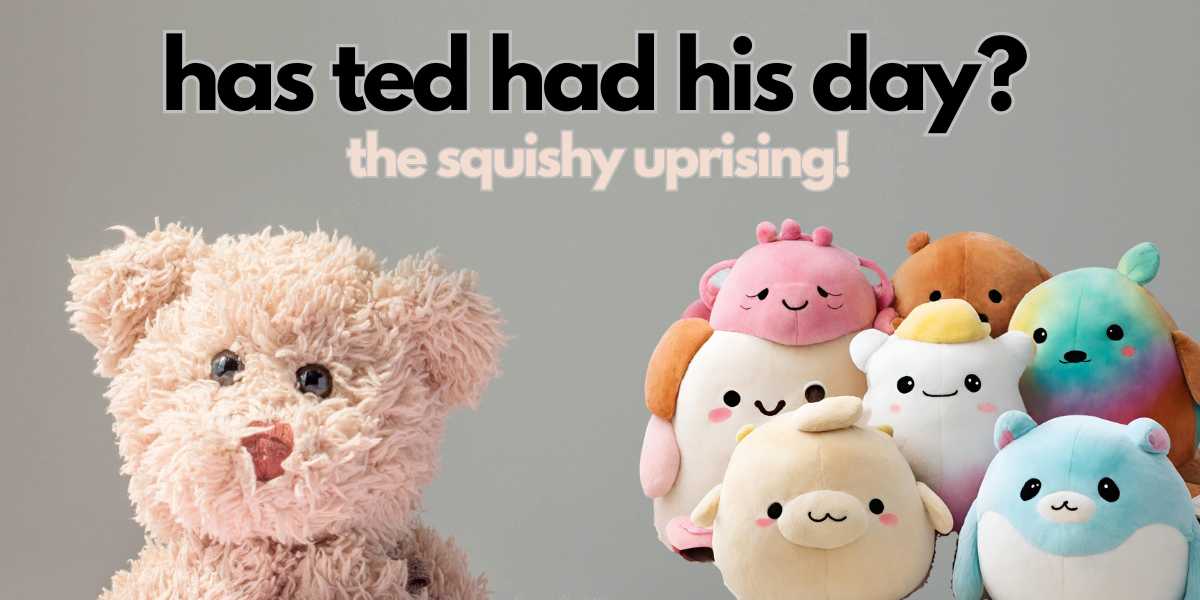Squishmallows, initially designed as soft and huggable plush toys, have gained immense popularity among children and adults alike. While these cuddly toys were not originally created with children with complex needs in mind, their unique features make them an unexpected but valuable resource for children with autism and ADHD. The delightful texture and friendly characterisations of Squishmallows have proven to be a firm favourite among these children, offering a range of benefits that promote sensory comfort and emotional well-being.
Textural Comfort
Children with autism and ADHD often seek sensory stimulation to help them self-regulate and manage sensory overload. Squishmallows, with their plush, squishy texture, provide an inviting tactile experience. The softness and squeezability of these toys can be soothing for children who may find comfort in tactile sensations, making them an excellent tool for sensory integration therapy.
Emotional Support
Squishmallows come in a variety of adorable and friendly character designs. These whimsical and approachable critters can serve as companions for children, offering emotional support and a sense of security. The cute faces and gentle expressions on Squishmallows can provide a source of comfort during times of stress or anxiety.
Calming and Fidget-Friendly
Children with autism and ADHD often benefit from sensory fidget toys to help them focus and calm themselves. Squishmallows can serve as excellent fidget toys due to their squishy nature, allowing children to engage in repetitive squeezing and manipulation, which can be a calming and self-regulating activity.
Social and Imaginative Play
Squishmallows also encourage social and imaginative play. Children can use them to create stories, role-play, and engage in cooperative play with peers or caregivers. This type of play can be particularly beneficial for children with autism, as it helps them develop essential social and communication skills.
Versatility
Squishmallows are versatile and can be used in various ways to meet the specific needs of each child. Whether they are used as a comforting bedtime buddy, a sensory tool, a fidget toy, or a companion during therapy sessions, Squishmallows offer a multi-purpose solution that adapts to the child’s needs.
Conclusion
While Squishmallows were not initially designed with children with autism and ADHD in mind, they have proven to be a delightful and effective resource for these children. The soothing texture, friendly characterisations, and versatility of Squishmallows make them an invaluable addition to the toolkit for parents, educators, and therapists. These cuddly toys provide comfort, support, and a range of sensory and emotional benefits that can aid children in managing their unique challenges and thriving in their daily lives.











